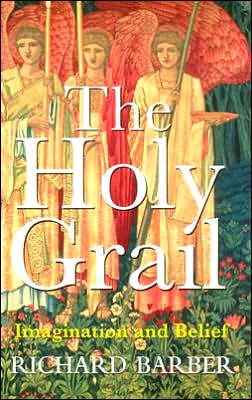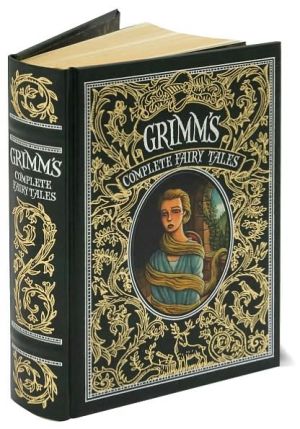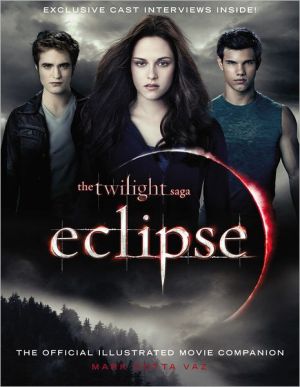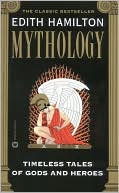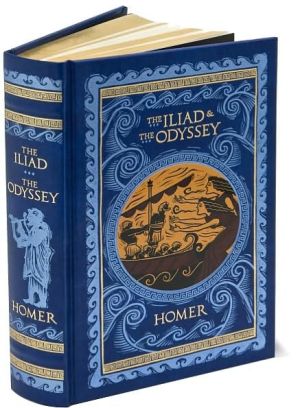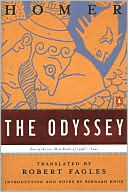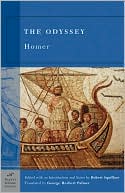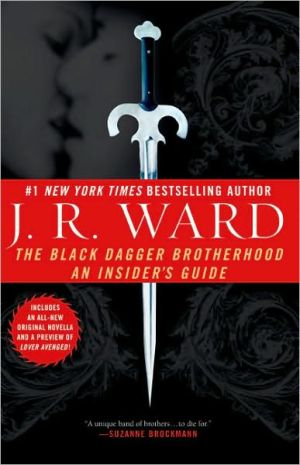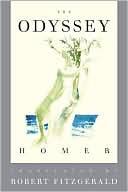The Holy Grail: Imagination and Belief
The elusive image of the Holy Grail has haunted the Western imagination for eight centuries. It represents the ideal of an unattainable yet infinitely desirable goal, the possibility of perfection. Initially conceived in literature, it became a Christian icon which has been re-created in a multitude of forms over time even though the Grail has no specific material attributes or true religious significance.\ Richard Barber traces the history of the legends surrounding the Holy Grail, beginning...
Search in google:
The elusive image of the Holy Grail has haunted the Western imagination for eight centuries. It represents the ideal of an unattainable yet infinitely desirable goal, the possibility of perfection. Initially conceived in literature, it became a Christian icon which has been re-created in a multitude of forms over time even though the Grail has no specific material attributes or true religious significance.Richard Barber traces the history of the legends surrounding the Holy Grail, beginning with Chrétien de Troyes's great romances of the twelfth century and the medieval Church's religious version of the secular ideal. He pursues the myths through Victorian obsessions and enthusiasms to the popular bestsellers of the late twentieth century that have embraced its mysteries. Crisscrossing the borders of fiction and spirituality, the quest for the Holy Grail has long attracted writers, artists, and admirers of the esoteric. It has been a recurrent theme in tales of imagination and belief which have laid claim to the highest religious and secular ideals and experiences. From Lancelot to Parsifal, chivalric romances to Wagner's Ring, T. S. Eliot to Monty Python, the Grail has fascinated and lured the Western imagination from beyond the reach of the ordinary world. The New York Times Mr. Barber, the author of The Penguin Guide to Medieval Europe and The Knight and Chivalry, demonstrates a gift for lucid, lively prose and an ability to make highly complex developments - cutting across religion, literature and politics - both immediate and accessible … Though the current best seller The Da Vinci Code didn't make it into these pages, Mr. Barber provides a sweeping if cursory index of allusions to the Grail, in works ranging from T. S. Eliot's Waste Land to Steven Spielberg's "Indiana Jones and the Last Crusade" to "Monty Python and the Holy Grail." — Michiko Kakutani
List of IllustrationsAcknowledgementsA Note on NamesIntroduction11Imagining the Grail: Chretien de Troyes92Completing the Grail: Chretien continued273Sanctifying the Grail Hero: Robert de Boron394The Old Law and the New Law: The High Book of the Grail465Creating the Grail Hero: The Lancelot-Grail536Visions of Angels, Versions of Men: Wolfram von Eschenbach's Parzival73Epilogue to Part One867The Grail918The Setting of the Grail1049Obscure Histories, Dubious Relics11610The Eucharist and the Grail13511The Holy Grail14812The Secrets of the Grail16113The Grail Outside the Romances16714'There is a thing that's called the Gral'17315The Adventures of the Grail: The Later German Romances18716The Adventures of the Grail: The Last Flowering198Epilogue to Part Two222Interlude22717The Scholars and the Grail23118The Revival of the Grail25619The Grail as Mirror29020The Grail Today32121The Question Answered?356Epilogue367App. 1The Major Grail Romances 1180-1250373App. 2Visual Images Relating to the Medieval Grail Stories374App. 3Theological Terms Used in Text378App. 4Use of the Term 'Holy Grail' in Major Newspapers, 1978-2002380Bibliography381Abbreviations412Notes414Index441
\ The TimesRichard Barber's splendid new book presents a comprehensive survey of the search for the Holy Grail from the 12th century to the present day. It is part summary of the medieval romances and part synthesis of the commentary and interpretation that the Holy Grail has attracted...[T]his is a rich book, and like the romances it discusses, taps into a seemingly unending well of meaning. Barber has created a splendid foundation for a continuation to a compelling story.\ — Juliette Wood\ \ \ \ \ \ Daily MailThis is a stimulating study, which authoritatively explores one of the most enduring myths of Western culture. Its combination of scholarship and clarity might itself be described as an intellectual Holy Grail.\ — Michael Arditti\ \ \ \ Daily TelegraphBarber is an Arthurian expert whose purpose is to hack a path through the muddled, corrupted and conflicting versions of the grail story...[He] is scrupulous in his fairness, his conclusions are interesting and although he keeps his reins tight on some fun he might have had, he performs a valuable service in rescuing the original grail from 800 years of garbled and improbable misreadings.\ — Nicholas Shakespeare\ \ \ \ \ \ New RepublicWhat we need is a cool-headed guide through the Grail's long and curious history, and in Richard Barber's lucid, fair-minded, and wide-ranging book, we get it.\ — Richard Jenkyns\ \ \ \ \ \ New York TimesBarber...demonstrates a gift for lucid, lively prose and an ability to make highly complex developments—cutting across religion, literature and politics—both immediate and accessible...[He] does a dexterous job of conveying the mood and texture of [the] variations on the Grail story, while at the same time illuminating the religious and political dramas that informed their creation...[M]akes for engaging reading as both literary criticism and cultural history, thanks largely to the author's fluency and aplomb as a writer.\ — Michiko Kakutani\ \ \ \ \ \ Sunday TelegraphRichard Barber, who possesses both the medievalist expertise and the requisite calmness and clarity of thought...has produced a really valuable and fascinating book...Not only has Richard Barber dealt skilfully with the original medieval evidence; he has also traced the long after-life of the Grail legend, above all in its various 19th- and 20th-century avatars. This not only gives him the chance to investigate some modern literary history (Charles Williams, John Cowper Powys, et al); it also enables him to take a properly historical attitude to the various 'loony tunes' modern theories, by setting them in their own historical context...Overall, then, this is the most reassuringly sane of all modern writings on the whole 'Holy Grail' phenomenon. One finishes the book just wishing there were more works like it.\ — Noel Malcolm\ \ \ \ \ \ Sunday TimesThis book is a survey, as judicious as it is comprehensive, of versions of the Grail story, of the social and ideological contexts in which they evolved, of the symbols they employ and the literary conventions which shaped them. In it, Barber arrives at the conclusion, which will be shocking to new agers and conspiracy theorists everywhere, that the story of the Holy Grail had (in its original form) nothing to do with the cabbala, Cathars, Templars, Zoroastrians or Gnostics, that its origin is probably the obvious one, the first text in which it appears. The story of the Holy Grail is not a fragment of immemorially ancient lore: Chrétien de Troyes, the 12th-century author of the Le Roman de Perceval, made it up...In a book which consists largely of summaries of numerous versions of a single story some repetition is inevitable—this is a volume to browse in rather than one to read straight through—but Barber's sensitivity to the diversity of nuances in each of his many sources ensures that each one he looks at affords him some fresh insight. The result is a fascinating compendium of theology, literary criticism and cultural history.\ — Lucy Hughes-Hallett\ \ \ \ \ \ Washington TimesConsistently fascinating...It is essential reading for anyone interested in Arthurian romances and, chapter after chapter, offers sober correctives to countless misconceptions about the Grail and its supposed secret meanings...I doubt that anywhere else will one find so thorough and comprehensive an examination of the Grail, nor as careful and interesting a survey of the medieval stories that started it all. The Holy Grail is a major contribution to Arthuriana.\ — Eric Wargo\ \ \ \ \ \ The New York TimesMr. Barber, the author of The Penguin Guide to Medieval Europe and The Knight and Chivalry, demonstrates a gift for lucid, lively prose and an ability to make highly complex developments — cutting across religion, literature and politics — both immediate and accessible … Though the current best seller The Da Vinci Code didn't make it into these pages, Mr. Barber provides a sweeping if cursory index of allusions to the Grail, in works ranging from T. S. Eliot's Waste Land to Steven Spielberg's "Indiana Jones and the Last Crusade" to "Monty Python and the Holy Grail." — Michiko Kakutani\ \
